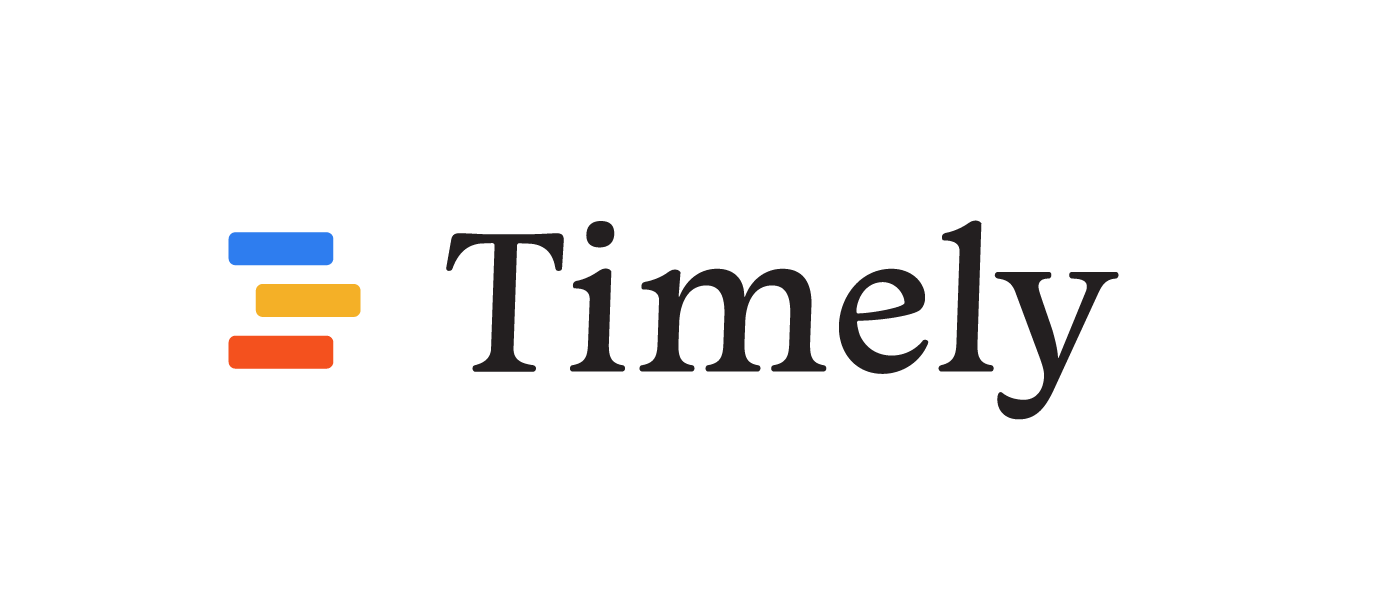
How to Avoid Overstaffing with Strategic School Scheduling
Most school scheduling software from student information systems will tell you how to fill your existing teachers’ schedules — not how many teachers your school actually needs. With funding cliffs looming, it’s critical for schools to staff with more precision and efficiency to avoid costly overstaffing and avoid undesirable — but potentially preventable — cuts that negatively impact students.
The Pitfalls of Schedule Rollover: Why Starting Fresh Matters
Many schools opt for convenience by rolling over the previous year's schedule with minor adjustments. However, this approach often perpetuates inefficiencies and leads to numerous challenges, including accommodating new requirements, balancing course requests, and managing conflicts. Schedulers frequently resort to makeshift solutions, using whiteboards and spreadsheets to piece together workable timetables.
Bottom-line: rolled-over schedules can create inefficiencies, calcify inequities, and drive imbalance in teacher workloads. Strategic scheduling has emerged as a powerful solution to address these complex demands.
What is strategic scheduling?
Strategic scheduling is a comprehensive approach to creating school schedules that goes beyond assigning classes to time slots. It involves using data-driven decision-making, technology, and collaborative processes to optimize various aspects of the school environment.
Strategic scheduling helps drive student success by:
Aligning course offerings with student needs and interests
Ensuring appropriate class sizes for effective learning
Facilitating access to intervention and support programs
Key elements of strategic school scheduling include:
Data-driven approach: Strategic scheduling relies on accurate data about enrollment trends, student course requests, and historical class size information to make informed decisions.
Resource optimization: It aims to maximize the use of available resources, including staff, classrooms, and equipment, to ensure efficient allocation.
Student-centered focus: Strategic scheduling prioritizes student needs and preferences, aligning course offerings with student interests and academic pathways.
Long-term planning: It involves creating multi-year plans for students, ensuring they have clear academic pathways to graduation and beyond.
Equity considerations: It aims to address and prevent disparities in educational opportunities across different student demographics.
Technology utilization: Advanced scheduling software is often used to streamline the process, provide real-time updates, and model different scenarios.
Collaborative process: It involves input from various stakeholders, including department heads, counselors, administrators, and teachers.
By implementing strategic scheduling, schools can create more efficient, equitable, and effective learning environments that support both student success and staff satisfaction.
How to employ strategic scheduling to limit overstaffing
With most SIS built-in school scheduling tools it’s hard to see the decisions and reasoning behind the final schedule output. Calculations will run automatically based on the data provided but seldom show schedule variations and can inadvertently hide key information.
A recent article by David James at New Solutions K12 highlights the importance of decimal-level precision when determining staffing with two key inputs: clear class-size targets and accurate student course enrollment figures. While many schedule leaders still build schedules by hand, others are looking to new technology to accelerate the process.
AI-powered, web-based, schedule optimization technology like Timely unlocks decimal-level precision staffing in a fraction of the time. Timely’s optimizer processes teacher load (i.e. how many classes they are teaching, students, and break periods) and teacher schedule in real-time allowing for rapid updates and adjustments as well as scenario modeling for different staffing and course configurations. Timely also integrates with most student information systems and automates conflict resolution, unlocking valuable insights for decision-making and saving countless hours of manual work.
The outcomes:
Full visibility into high needs staffing positions to better identify inefficiencies and potential hiring risks — especially as teachers retire.
Prioritization of inclusion classes at the front end of the scheduling process leading to a more strategic allocation of resources to support the most at-risk students.
Staffing that meets compliance needs (i.e. number of IEP students in a given classroom or section) while being efficient and precise.
Optimizing school schedules
Strategic scheduling is a powerful approach that can transform the educational experience for students, teachers, and administrators alike. By leveraging data, AI-powered technology, and collaborative approaches, schools can create schedules that not only meet basic requirements but also optimize resources, support diverse learning needs, and contribute to overall student success.
As we look to the future, it's clear that innovative scheduling practices will play an increasingly important role in shaping effective and efficient educational environments. School leaders who embrace these strategies will be well-positioned to navigate the challenges of modern education and create thriving learning communities for years to come.
Check out our live discussion on what makes a successful school schedule.
Webinar On-Demand
How to Create High Quality School Schedules with Ease
New Solutions K12 and Timely share research-proven best practices for schedule-building to enable district initiatives, innovative staffing solutions, and student preferences. Learn how to use data-driven methods to improve process efficiency and transparency in this one hour, live discussion.

